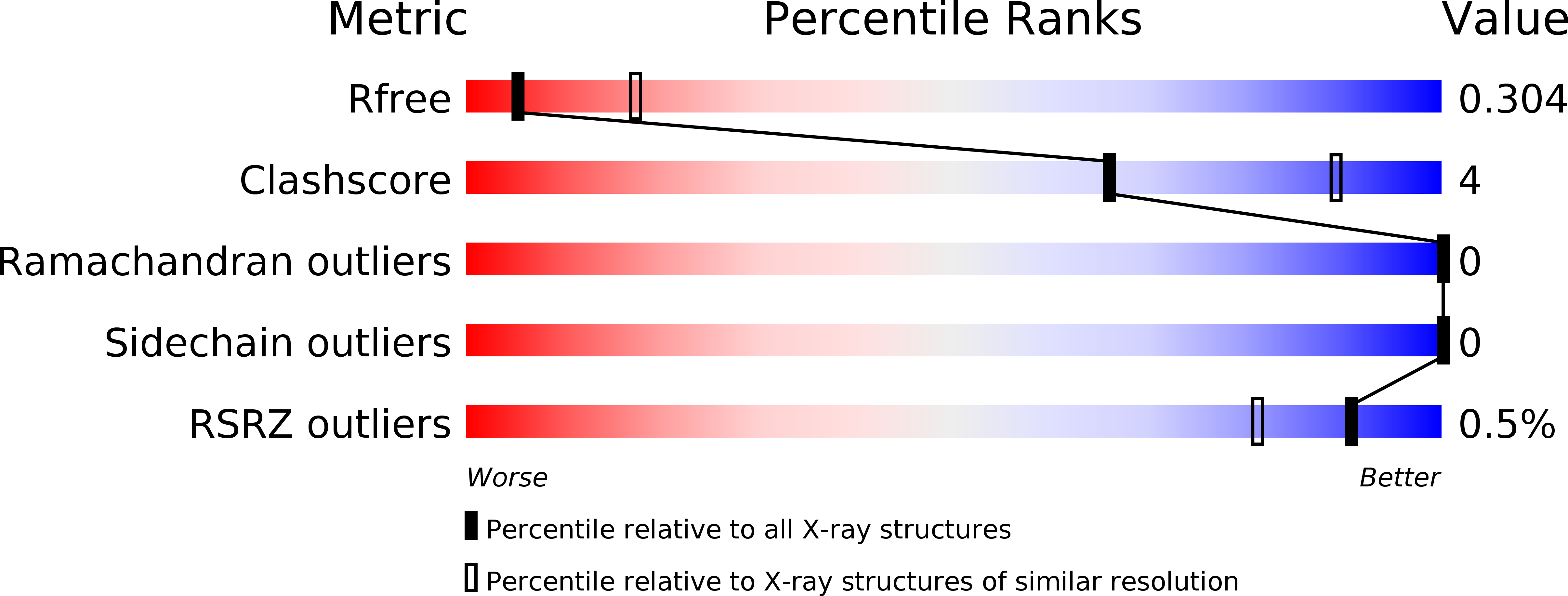
Deposition Date
2014-01-10
Release Date
2014-10-08
Last Version Date
2024-10-16
Entry Detail
PDB ID:
4ODX
Keywords:
Title:
4E10 germline encoded precursor no.7 in complex with epitope scaffold T117
Biological Source:
Source Organism:
artificial gene (Taxon ID: 32630)
Homo sapiens (Taxon ID: 9606)
Homo sapiens (Taxon ID: 9606)
Host Organism:
Method Details:
Experimental Method:
Resolution:
3.10 Å
R-Value Free:
0.30
R-Value Work:
0.27
R-Value Observed:
0.28
Space Group:
P 1 21 1


